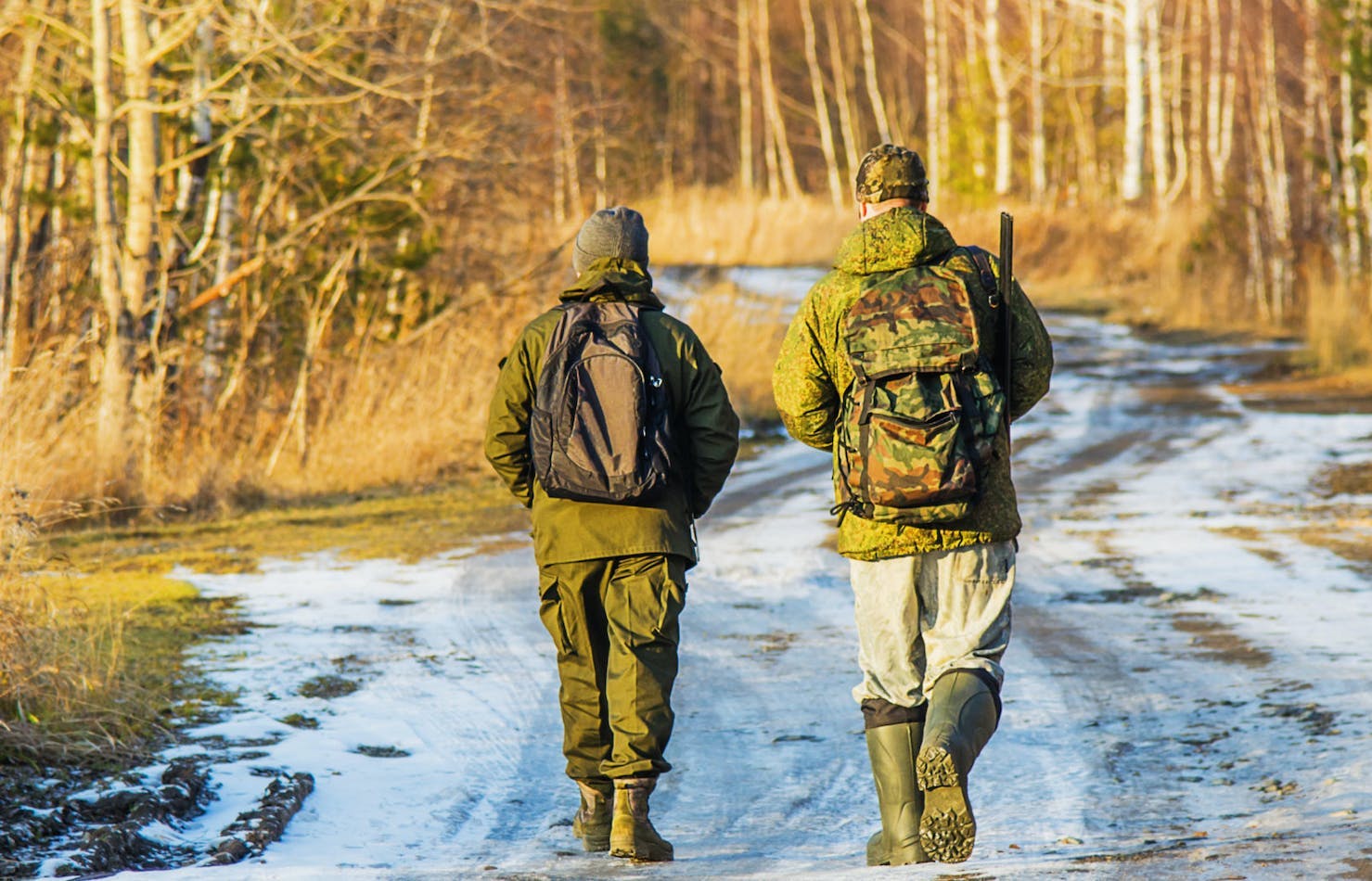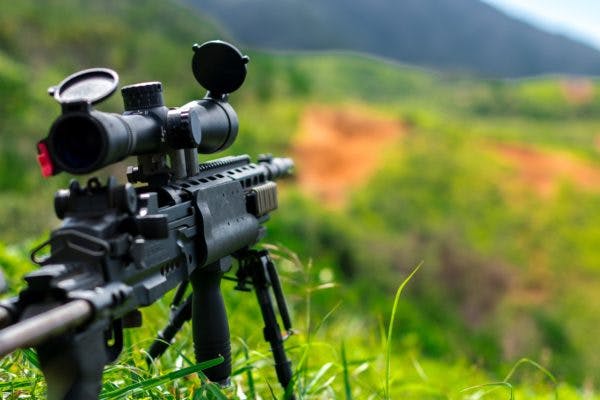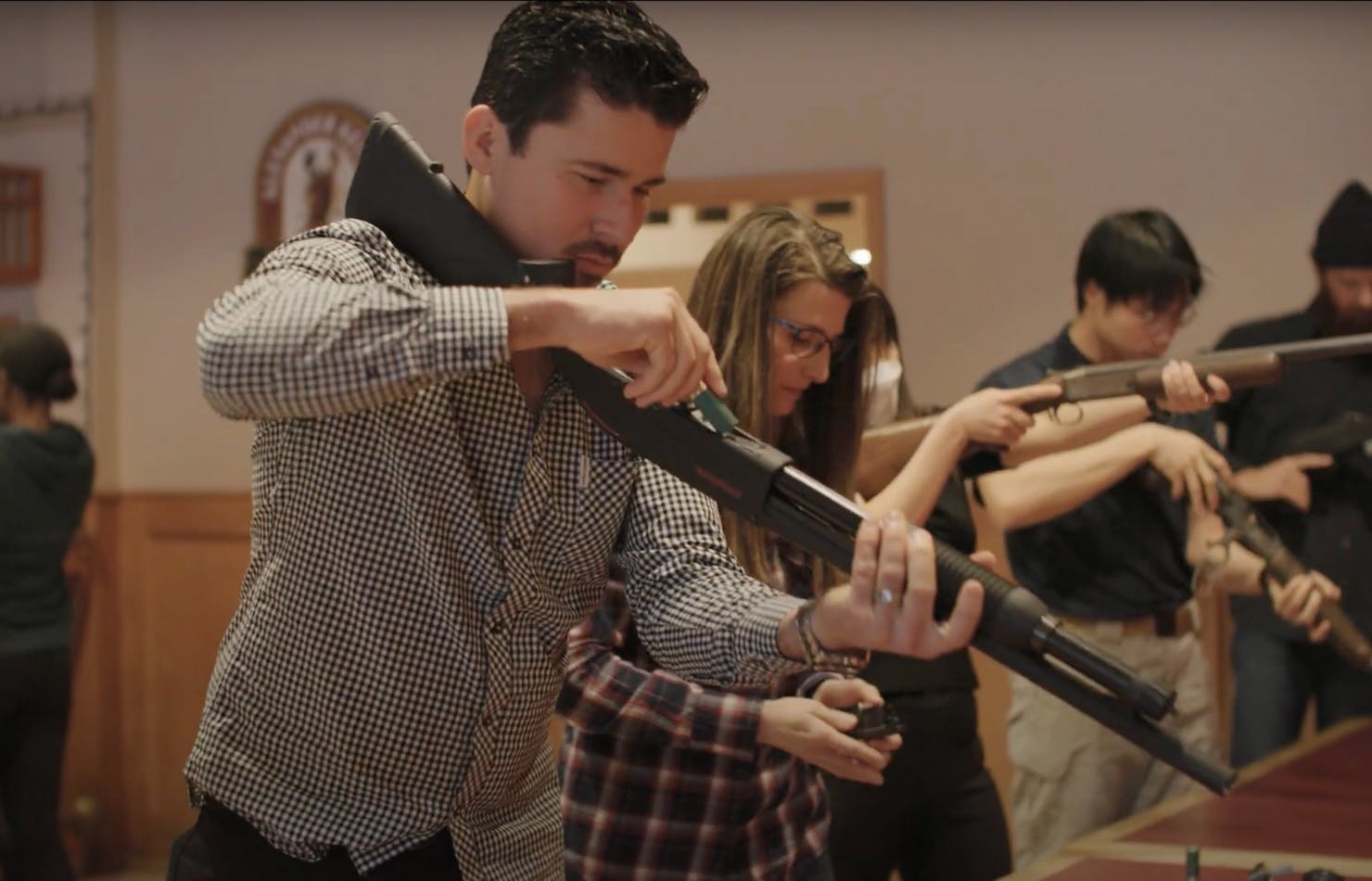
Proficiency in the Field - Hitting the Mark When it Counts
Cindy Stites, Silvercore Training guest contributor – Director of Education – Hunt to Eat
As hunters, we spend most of the year counting down the days until we can get back out in the woods or in the backcountry, to chase the wild game we love so much. Sure, we enjoy the summer, and many of us fill the void by hiking or getting some fishing in, but if you ask an avid hunter, I have no doubt that they’ll tell you that the fall season is really where their mind drifts off to, day after day.
As much as we rush the rest of the year, there are some vital steps we should take during the off-season to get ready for the upcoming time afield. Many people like to go through their gear, sorting their hunting clothes by season, cleaning out backpacks, setting aside things that didn’t work for them, and making wish lists of new products they would like to try. Spending time scouting and putting in new food plots are the norm for many, while others spend summer days glassing new ridges and valleys in hopes they can devise an early game plan for the days and weeks ahead.
There are many ways to prepare for the upcoming season, but I think the most important thing a hunter can do in the off-season is spend some time with their rifle. Getting comfortable with your firearm, how it shoots, what the recoil feels like, and shooting it in different positions, will give you less to worry about when that elk or deer of a lifetime gives you an opportunity at a shot.
Many folks suggest dry firing your centerfire rifle prior to shooting live ammunition if you are new to shooting. Dry firing, simply put, is to practice shooting the gun with no ammo in the chamber. You would inspect the gun prior to sitting down at a shooting bench, make sure it is empty, and then set up like you were going to do some target shooting. Dry firing will help alleviate the “jumpiness” or “flinching” that many new shooters experience when learning to shoot. The anticipation of the recoil or the noise from a rifle can cause a shooter to flinch, which causes you to “pull” the shot one way or another. Dry firing is also a good time to work on your breathing when shooting, something many people forget about, but a critical aspect of making a good shot.

After a few rounds of dry firing and when you are comfortable, you can start firing live rounds and start working on their groups. Rifles can get knocked around or bumped in your gun safe if you are getting in and out of it very often, so there is a good chance there may need to be some adjustments made to get the groups small and where you want them.
If you are traveling for a hunt, always find time to shoot before you go out for your first day in the field. Just like with moving a rifle around in a gun safe, when you travel with a rifle, even when it is in a high quality case, it can get jarred just enough to throw your optics off just that little bit, which can be a really big deal when you have an animal in front of you. You don’t have to put a lot of rounds through your firearm, if you can get a good group of three, you are probably good to go. But if you can’t even hit the paper, you need to start over and get everything dialed back in before you take that rifle out for a hunt.
As hunters, we always want the cleanest, most ethical kill in the field.The last thing we want to do is injure an animal, and worse yet, potentially have to track it to put it down after the initial shot. Taking the necessary steps in the off-season with your firearm can put you in the best possible position when you land your crosshairs on the game you are hunting. Knowing your rifle and what it can do will give you confidence, and take the mechanical uncertainty out of the equation. Yes, that means the pressure is all on you, but if you have done the work and put in the time with your firearm, you should be able to meet back up at the truck with a great story and a heavy pack.
Cindy Stites guest contributor Cindy Stites Outdoors
>
Are you interested in learning more about hunting? Check out the CORE Hunter Education course, offered in person through Silvercore and online. Both are great options to get you licensed to hunt in BC and ensure you do so in a safe, confident and ethical way.
Interested in obtaining your firearms license? Silvercore has more courses in more locations in BC than anywhere else. We also offer a online practice course to ensure you are going to be successful.
Want to learn more about shooting and how to be ready for hunting season? Silvercore has a Youtube channel with loads of videos that will help you on your way.


